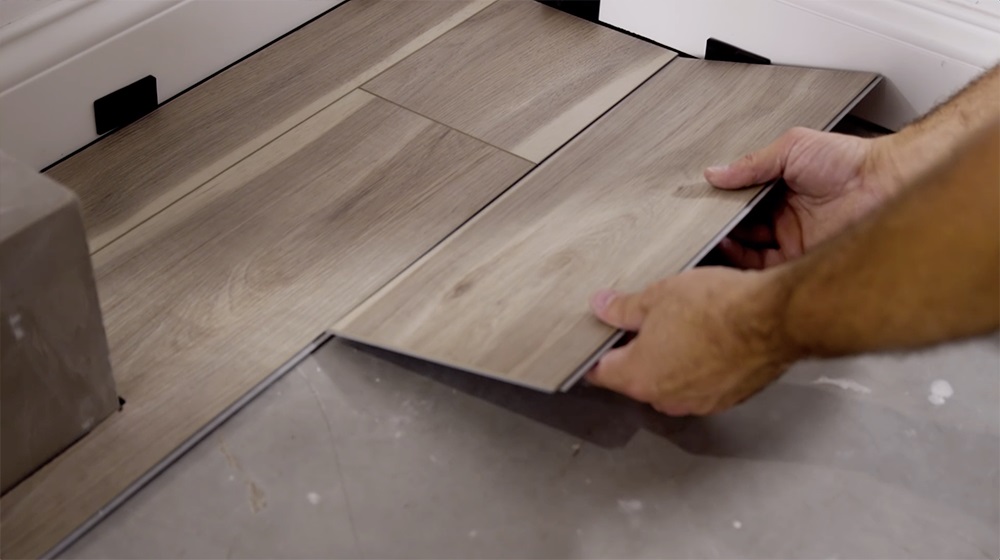As far as construction materials go, concrete is one of the most significant and widely used in the world, with water being the only other product consumed in such vast quantities globally.
Vital to many construction projects and infrastructure, precast concrete is widely used due to its superior quality. It’s prefabricated in highly controlled environments, ensuring rigorous quality checks throughout the process. Resilient, efficient, and modular, precast concrete panels are already playing an important role in helping countries like Canada combat climate change.
But what about the future of Canada’s precast concrete industry?
Predicted to grow by 2% annually for the next thirty years, Canada’s precast concrete industry is set to help meet demand for housing and infrastructure.
What are the advantages of precast concrete?
With cost constraints and environmental concerns in mind, precast concrete offers some compelling advantages:
- Precast concrete offers faster, more controlled, and more consistent production than concrete cast on-site. This is achieved through reusable steel or wooden moulds in dedicated manufacturing facilities.
- The components of precast concrete come in a variety of shapes and profiles that go beyond basic beams, such as flat slabs, double tees, inverted tee beams, and spandrels, among many others.
- Precast concrete can be used in a wide range of construction projects thanks to its wide range of colour and texture combinations. It can even be left exposed without plastering due to its smooth, attractive finish.
When precast concrete is used in structural applications, it can include floors, beams, walls, and other types of structural components, whereas, for building and site amenities, it is most often used architecturally, such as to form cladding, trim products, or for fireplace mantels, or curtain walls.
Because precast concrete is so well-suited for applications in which the construction materials are subjected to heavy loads, and thanks to its fast production, minimal traffic impact, and environmental benefits, it is being successfully used as girders for highways and bridges. Its widespread use in this area is expected to continue.
Beyond bridges and highways, precast concrete is also ideal for larger construction projects that demand accuracy and pinpoint precision due to its uniformity. Its customizability also makes it attractive for use in many different industrial projects, from refineries and warehouses to power plants and manufacturing facilities.
Is demand for precast concrete in Canada set to increase?
The answer to this is a resounding yes; with urbanization and global growth predicted to continue exponentially, demand for precast concrete is already on the rise. And, as construction methods continue to modernize, the applications for precast concrete are growing beyond commercial and infrastructure projects to residential projects. Construction practices can be made much more efficient and cost-effective when precast concrete is used for such things as roofs, columns, beams, pipes, insulated panels, and staircases, to name but a few.
For construction projects of any scale, the use of precast concrete in Calgary offers reduced labour costs, reduced costs overall, and increased efficiency thanks to the precise scheduling that quicker building allows for. And if you want to use precast concrete architecturally in your home, the possibilities are endless.




